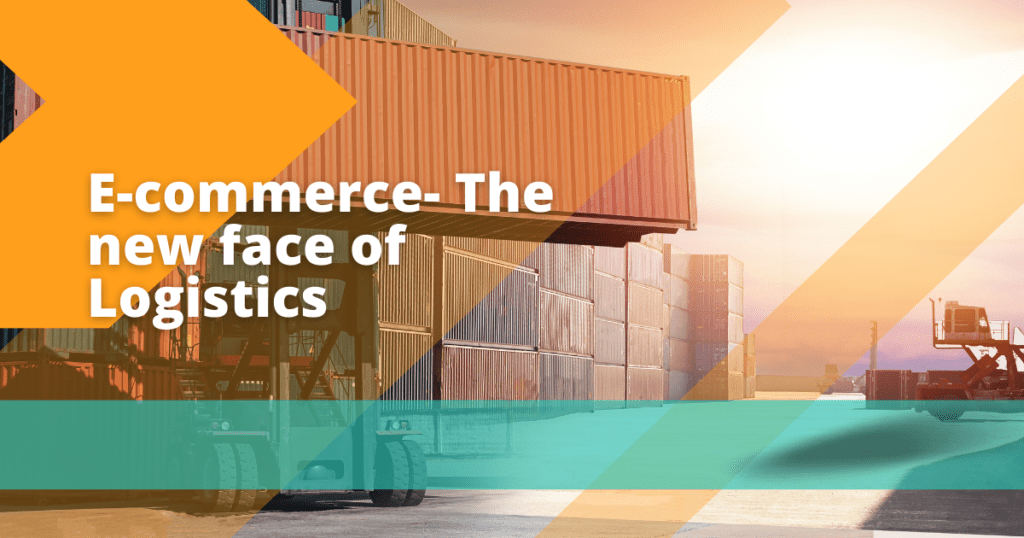E-commerce logistics refers to the process of fulfilling online orders for customers by a business through its supply chain. It is the procedure that takes a product from the point of manufacture to the point of customer delivery. It involves managing inventory, shipping, warehousing, and distribution.
An E-commerce business has a logistical management system that works well. To avoid running out of goods during times of high sales, they must plan, forecast, and manage their inventories. Companies must have a system in place for both domestic and international product shipment, as well as for storing the products as needed. Ultimately, it is their responsibility to guarantee that distribution networks remain dependable and effective, ensuring that clients receive their orders on schedule.
The way we see e-commerce logistics has completely altered because of the shift in customer expectations toward quick delivery and affordable rates. Here are some tips to help you manage your logistics operations for a better delivery experience and increased customer satisfaction to keep up with the ever-changing dynamics of business.
How should E-commerce logistics be managed?
1. Identify Your Clients:
To effectively manage e-commerce logistics, you must first understand your customers’ needs and expectations. This will assist you in determining the type of shipping service they require. Give them a range of delivery choices so they may choose the one that works best for them.2. Comprehending Foreign Delivery:
There are a few things you should be aware of when it comes to overseas deliveries. First off, there is a distinction between local and international deliveries, and they have an impact on various transportation modes such as speed, air, and sea freight services, and so forth. The intricacies of exporting goods overseas must also be understood, as they vary from nation to nation. Attention must also be paid to a problem with customs, which could cause delays in delivery and increase the cost of customs charges and taxes on certain goods.3. Keep an Eye on Your Inventory:
Keeping track of your inventory is essential for any type of business, but it’s more critical for eCommerce logistics as quick product delivery is required. Not only does it help monitor stock levels and reorder timeframes, but it also lessens losses from theft and damage caused during transit by suppliers, consumers, and other sources.4. Choose a Trustworthy Logistics Partner:
Having a trustworthy shipping partner is one of the most crucial parts of managing the logistics of an online store. Numerous businesses provide air freight services in addition to domestic and international shipping. Investigate these businesses carefully to determine which one best suits your needs. Having a trustworthy international shipping provider on hand is crucial for companies that sell worldwide to manage orders arriving from other nations. Recall that every country has its own set of laws and regulations, so before choosing a shipping firm, you should ascertain which country you will be exporting from.How E-commerce Logistics is different from traditional logistics methods?
If you used basic courier services in India ten years ago, you will be familiar with the custom of manual follow-ups and paperwork. The routine tasks included filling out paperwork, paying with cash or checks, and calling the courier service to find out the whereabouts of the products.In a business-to-consumer (B2C) setting, you would have made a grocery order over the phone (for example, five packs of cornflakes) and then waited for the grocer to deliver it. The grocer would not be able to send you the items for an hour or two, or more. Sometimes there would be delays in delivery, mismatched quantities ordered (i.e., out-of-stock items), and difficulties with cash payments.
These are all instances of traditional logistics, where every step of the procedure is done by hand utilizing traditional means of communication (phone, for example). Both customers’ access to information and the seller’s ability to offer updates are severely limited. The main problem with traditional logistics—the absence of updates or communication—can be solved with e-logistics.
With internet-enabled logistics or e-logistics, all players in the logistics ecosystem agree, in contrast to traditional logistics. The logistics chain is more transparent because of the digitization of documentation and payments, communication following each critical milestone (such as a confirmation of the purchase order, an out-for-delivery message, a tracking status update, etc.), and the auto-population of data after it is uploaded.
The definition of logistics management has expanded to include more than merely receiving, storing, and transporting products, which is not surprising. E-Logistics refers to the efficient digital administration of goods and information movement from the point of origin to the destination, as well as the other way around, to increase customer satisfaction and sales.

